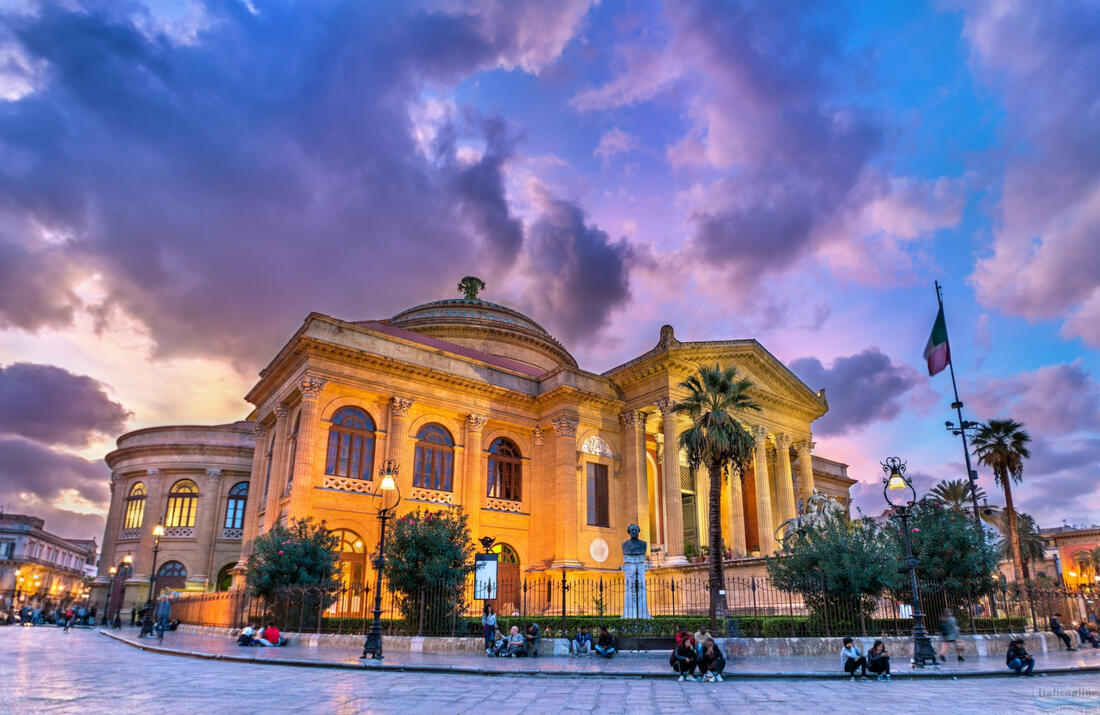Palermo is easily accessible thanks to Falcone-Borsellino International Airport, with direct flights from many European cities. From the airport, the centre can be reached in around 40 minutes by bus, train or taxi. If you are travelling by ferry, Palermo has a port connecting the city with mainland Italy and other Mediterranean destinations.
Sights of Palermo
Cathedral (Cattedrale di Palermo)
This magnificent structure, which combines Arabic, Norman and Baroque styles, is one of the city's most dominant buildings. Walk on the roof of the cathedral and enjoy panoramic views of the city. The cathedral also houses a treasury with gold jewels and the coronation insignia of the Sicilian kings.

Norman Palace and Palatine Chapel
This palace is a symbol of Norman influence in Sicily. The chapel with its mosaics is a true masterpiece. Today it serves as the seat of the Sicilian Parliament.

Ballarò Market
One of the liveliest markets in Palermo, where you can enjoy local specialities such as arancini (stuffed fried rice balls), panelle (chickpea fritters), fresh seafood or sfincione. The markets are not only a place to shop, but also a lively cultural space full of music and colour. Besides Ballarò, you can also visit the markets of Vucciria and Capo.
Catacombs of the Capuchins
One of the most bizarre, but at the same time most fascinating places in Palermo. Here you can see more than 8,000 mummified bodies, from monks to local nobility, displayed in the corridors of the catacombs.the most famous is the mummy of two-year-old Rosalia Lombardo, who, thanks to a special embalming process, looks as if she is still sleeping.

Teatro Massimo
The largest opera house in Italy and the third largest in Europe, its acoustics are considered among the best in the world. Teatro Massimo also appeared in the final scenes of The Godfather III.

Quattro Canti
The square at the intersection of the main streets Via Maqueda and Corso Vittorio Emanuele. Here you can see four corner palaces decorated with fountains and statues depicting the four seasons, the four kings of Spain and the four patrons of the city. This square is also known as the 'Theatre of the Sun' because each side of it is successively illuminated by the sun during the day.

Pretoria Fountain
A magnificent Renaissance fountain in Piazza Pretoria. Here you can see statues of mythological gods, animals and allegories. Interestingly, because of the naked statues, the fountain was called the "Fountain of Shame" (Fontana della Vergogna) by the locals.

You know...
In Palermo, you will find the Kalsa district, which is an ancient Arab neighborhood where today you will find many art galleries and street art.







